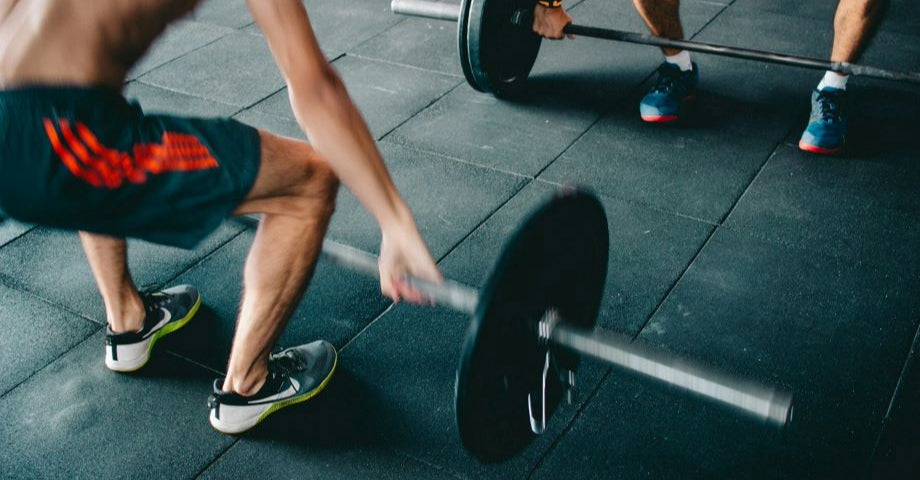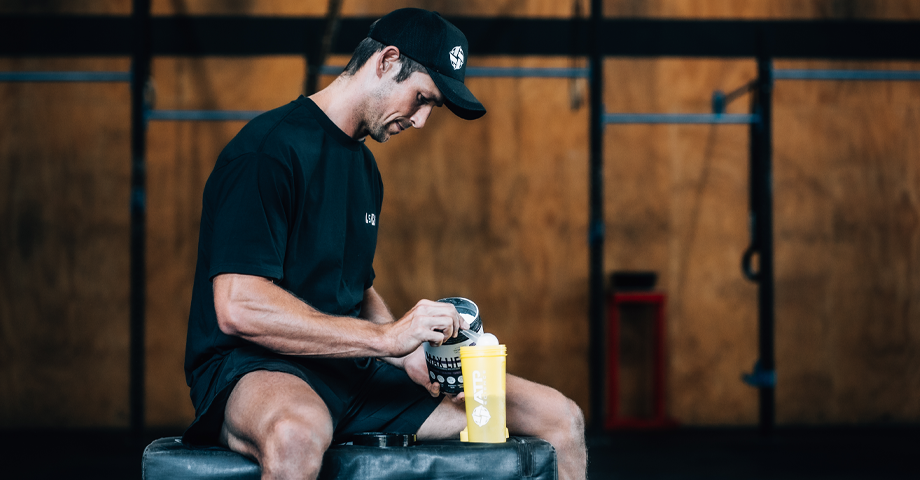Anxiety is one of the most chronic and crippling invisible hindrances for people all over the world. On a global level, it's estimated that around 31% of adults will experience anxiety at some stage in their lives, for some this may be a one-off, for others this may be a chronic daily occurrence. This 31% statistic weighing in on the 2019 numbers and in 2003 it was estimated that 19% would incur anxiety (anxiety and depression association of America 2020). So, we can see that it is on the rise.
2020 has left us with a lot of uncertainty so, it is highly likely we will see these numbers spike again after this year’s review. Here are some more specific global figures for insight:
- An estimated 264 million adults around the world currently have anxiety (WHO)
- The escalation and prevalence of mental health disorders rose by 50% between 1990 and 2013 from 416 million to 615 million.
- Of those currently documented for anxiety in the statistical data analyzed as of 2018 by the WHO, approximately 63% were women and 37% were male.
Unsure of what anxiety is? Let’s break it down a little more below…
What is anxiety?
Anxiety is a natural survival response to fear, fear about a situation, upcoming events, financial situations, relationships, social situations, and more. It is a state of worry and concern that in some instances can completely mentally and physically debilitate the individual. Anxiety is a broad term, there are more specific anxiety disorders like that of, but not limited to:
- Panic disorder.
- Generalized anxiety disorder.
- Agoraphobia.
- Specific phobias.
- PTSD.
- OCD.
- Separation anxiety disorder.
This mental stress state does not just stay inside the ‘thought’ or ‘fear’ like many assume. This state exudes a survival response to the similar extent of having a cheetah coming at you at the speed of light and your body having to work out what to do. It cascades chemicals throughout the body in the same way a stress response provided externally would. It can flood our system with adrenaline the same way it does with our flight and flight response – which increases heart rate, increases breathing rate to try and provide the brain with more oxygen for quick impulsive decision and action. Slow down digestion, halter the efficiency of our immune system, affect sleep, recovery, and more.
What anxiety feels like from the inside
Many people I love dearly suffer from daily chronic anxiety, I asked for their insight on what it is exactly that they feel when this wave comes over for them and how they have managed to find ways to cope around these:
- Anxiety is a beast of its own, it's not predictable to what people would understand a person would feel anxious about. The list of things to think about is endless and it's always somewhat there.
- Sometimes you can feel completely anxious and wound up for absolutely no reason at all and that can exacerbate it when you try to find out why.
- Shortness of breath, almost as if you just can’t get a good deep breath in.
- It feels like your chest has 2 tonnes of cement sitting on it.
- All of your muscles are tense, like your shoulders pull towards your ears and you just can't relax them.
- Your heart is racing as you have just done sprints but you’re just sitting there in the car, chair at work, or even just opening your eyes in bed in the morning.
- Your jaw aches from clenching it unknowingly and your tongue is pressed hard on the roof of your mouth,
- It’s like paralysis – you cannot regain focus on anything, you’re hyper-aware and on edge but you can’t hone in on a task.
- You just freeze and your whole body is like a clenched fist ready to punch and run.
And the worst part is, there’s not always a reason for it. Sometimes having no reason for it can make the anxiety worse as you course through every possible reason why it might be happening. All of it happens in an instant and it can either come and go in waves or can just be constantly there.
What anxiety looks like from the outside
From the outside as someone who has watched on and attempted to help them when they go through this, there are definitely physical and verbal cues that you notice in the person who is experiencing anxiety and they may differ slightly; but some insights I have gained:
- They are restless, fidgeting, struggling to sit in one place.
- Shortness of breath or very shallow breathing.
- Shaking or trembling.
- Sweating.
- Tense posture, hunched over, and shoulders pulled up.
- Fatigue easily.
- Lack of sleep.
- Lack of appetite.
- Poor ability to maintain an in-depth conversation, lose the train of thought or focus.
- Withdrawn and distant.
- Complaints of sore/tired eyes, poor vision.
- Often have recurring headaches.
- Can appear disorientated and dizzy.
What you can do to help the person
Often, we can feel somewhat helpless as we try to understand why the person, we are with is feeling this way, it’s important to understand that they may not always know why they are having this wash over them all of a sudden, and or may not feel comfortable. While the discussion may be off the cards at the moment there are many ways you can help center and provide care for this person; here are some tips that have been collated by Beyond Blue and health line for when it strikes:
- Invite the person to sit somewhere comfortably and ask them to focus on slowing their breathing down, counting to three as you breathe in and then three as you breathe out.
- Invite them to close their eyes and envision their muscles relaxing one by one.
- Reassure the person that you are there with them and that they are safe.
- Ask them if you can help in any way – that person knows best how they manage their anxiety so may have some aspects they prefer to that you can help them with, or quite possibly they may ask for some space too, if they are in no immediate danger to themselves it's ok to honor this.
- Be prepared that because of the state they are in, they may not respond to your questions or if they do, they may be very direct and blunt. Try not to take this personally.
Take home message
Remember that if someone is willing to disclose their situation with you, what they are experiencing and feeling, that this is a big sign of trust. Ask them to provide you with ways that you can better understand and assist them when it does happen and thank them with genuine compassion for sharing this with you.
Try to avoid minimizing the situation – often there is no particular reason that this feeling has become of them at that moment, be mindful of how you interpret it, while you may not entirely understand it doesn’t make it any less of a trigger to that person and can often prevent them from opening up about it in the future.
For more resources and helplines we recommend checking out the international hub for access to these based on your location - https://checkpointorg.com/global/


















